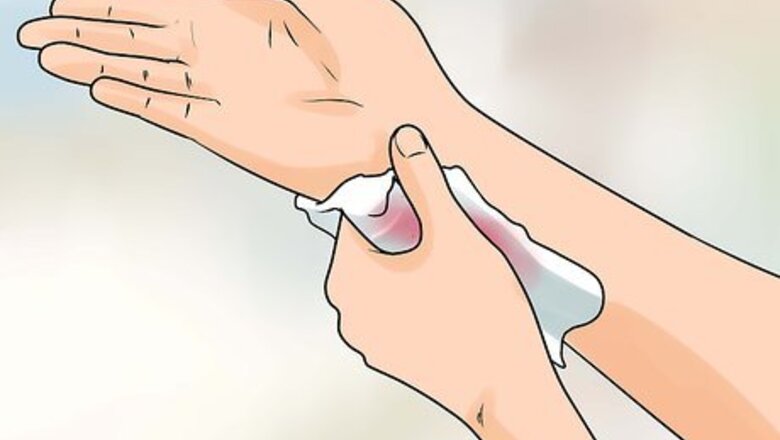
views
Reasons You Should Visit the Doctor Immediately
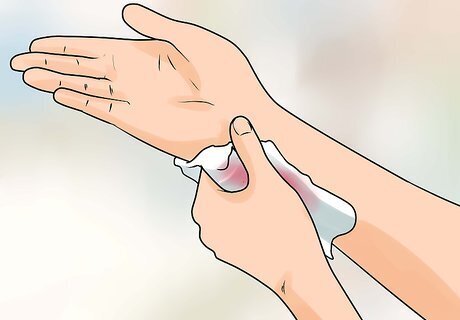
Try to stop the bleeding as well as you can. Elevate the injured body part above the level of the heart, as this can help to diminish bleeding. Use a clean cloth or slightly damp paper towel, and apply firm pressure to the open wound for about 5 minutes. Then, remove the cloth or paper towel to check if it's still bleeding. If it's bleeding is significant, do not proceed to any other steps and go to the hospital immediately. If the bleeding is uncontrollable, or blood is gushing from the wound, call emergency services immediately, as this can be life threatening.
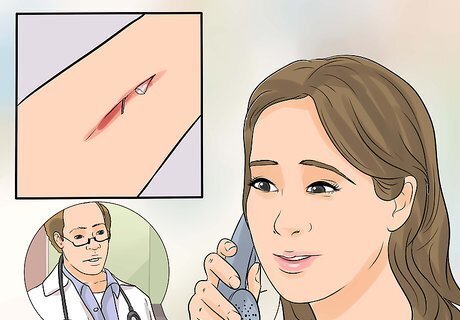
Check if an object is lodged in the area of the wound. If there is foreign material present in the injury, it is always important to see a doctor right away. This is because of the risk of infection, the need to assess if and how the object can be removed safely, as well as the possibility of needing stitches. Do not try to remove the object. Sometimes the object helps to stop the wound from bleeding excessively. If there is anything stuck in the wound, you should see a doctor in the emergency room immediately.
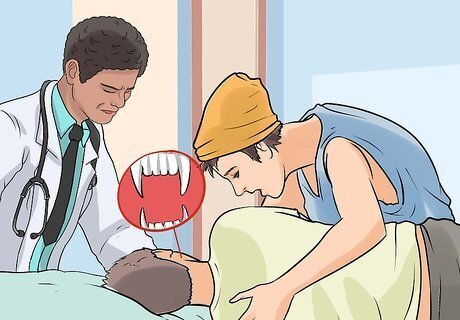
See a doctor immediately if the cut has been caused by a human or animal bite. These cuts pose a much higher risk of infection, you may need to be vaccinated for prevention, and receive antibiotics, so regardless of whether stitches are needed you should seek professional medical help.
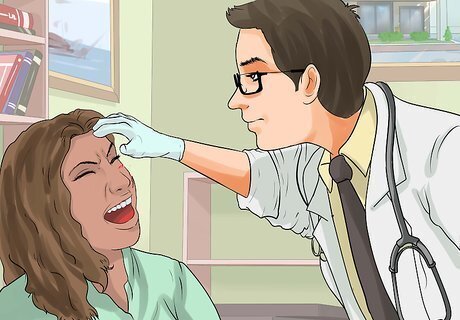
Consider the area of the injury. If the cut is on the face, the hands, the mouth, or the genitals it is important to be seen by a doctor, as you may need stitching for cosmetic reasons and proper healing.
Knowing When a Cut Needs Stitches
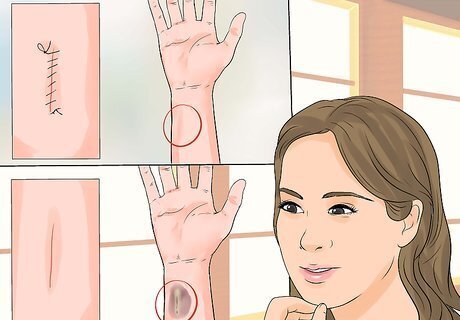
Understand why stitches are used. Stitches have a multitude of uses. The most common reasons to get stitches are: To close a wound that is too big to be closed otherwise. Using stitches to bring the edges of the wound together can help to speed up healing. To prevent infection. If you have a large, gaping wound, closing it with stitches can help to minimize the risk of infection (as skin that is broken open, especially large, gaping wounds, are a prime target for an infection to enter the body). To prevent or reduce scarring after your wound heals. This is especially important when the cut is on areas of the body that are more cosmetically important, such as the face.
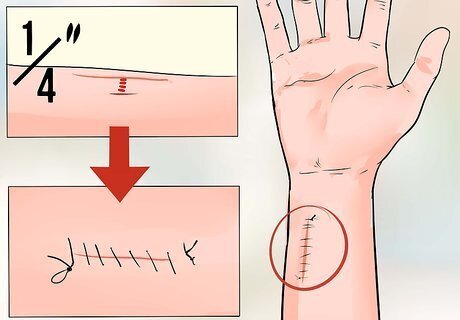
Consider the depth of the wound. If it is greater than 1/4 inch deep, the wound may be eligible for stitching. If it's deep enough that you can see yellow fatty tissue, or even bone, you should definitely see a doctor for treatment.
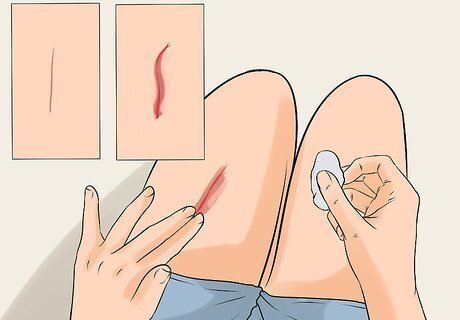
Evaluate the width of the wound. Are the edges of the wound close together, or do they need to be pulled together to cover the exposed tissue? If the edges of the wound need to be pulled together to cover a gap of exposed tissue, this is an indication that stitches may be required. By pulling the edges of the wound close enough to where they can touch, stitches can help to speed healing.
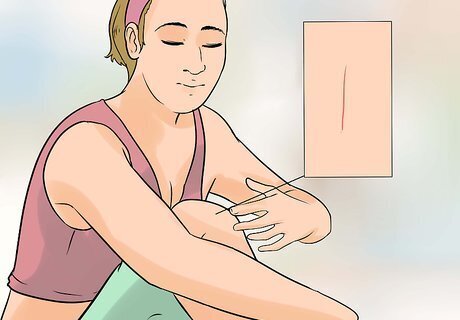
Look at the location of the wound. If the open wound is located on a specific area of the body where there is a lot of movement involved, it will most likely need stitching to prevent re-opening of the wound caused by movement and stretching of the skin. For example, an open wound on the knee joint or fingers (especially where joints connect) would be eligible for stitches whereas an open wound on the thigh would not really need stitching.
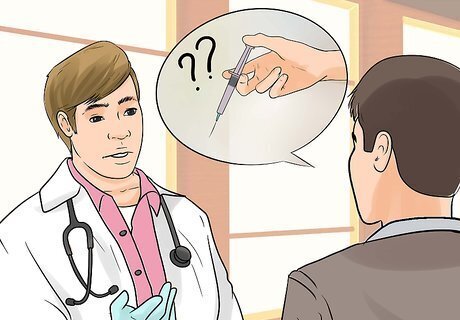
Ask your doctor about getting a tetanus shot. Tetanus shots last no longer than 10 years and then you'll have to be re-vaccinated. If you have an open wound and it's been longer than 10 years since you've had a tetanus shot, go to the hospital. While you are at the hospital, you can have the doctor evaluate the cut also to see if it will need stitching.












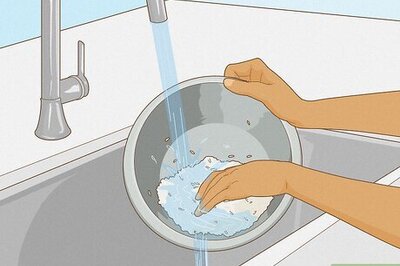



Comments
0 comment